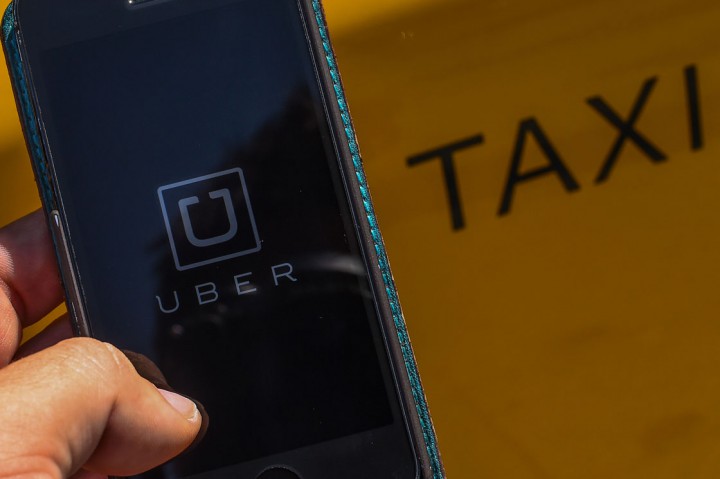Planning on an Uber driver to deliver you to and from your New Year’s party? If you’re in Toronto, Halifax, Montreal, Ottawa or Edmonton the handy ride-hailing smartphone app is a legitimate logistical workaround to landing a cab tonight.

But be prepared to pay up.
Uber, which has been operating in Canada since 2012 but has seen its popularity (and scrutiny) soar this past year as it has expanded, says its expects this New Year’s Eve to be its busiest night ever.
Globally, estimates from the company are for two million revelers to use Uber, which operates in 260 cities now and connects driver “partners” with paying customers looking for a ride.
Prices are based off of local taxi or limo fares but its UberX service, which matches driver partners up with riders, generally costs less than a traditional taxi.
But that’s not always the case. The multitude of partiers looking to move around the city on New Year’s Eve is going to drive up fares, which will be dictated by the San Francisco-based firm’s “surge pricing” model.
The controversial tactic charges riders higher rates based on local-area demand, and can mean fares increase seven-fold or more during the busiest times of night, which Uber says will be between 12:30 a.m. and 2:30 a.m.
Dynamic algorithm sets prices
- Toronto Pearson gold heist: Ontario man arrested at airport after arriving from India
- Capital gains changes could have ‘irreversible’ effects, business groups warn
- Renters so far more ‘vulnerable’ than homeowners amid higher interest rates. Why?
- After tornado outbreaks in the U.S., could Canada see similar storms?
“During times of peak demand, or when there are not enough drivers on the system, fares increase,” Xavier Van Chau, a Canadian spokesperson for Uber said.
“As you see hot spots emerge in a city where demand is quickly outpacing supply, that’s when the dynamic pricing model kicks in,” Van Chau added. “A dynamic algorithm dictates that.”
Customers are given fair warning on their phones that dynamic pricing has kicked in, and if the fare has jumped more than two times the normal rate, the user must physically consent to the order by typing the multiple number into their phone, Van Chau said.
As demand falls, prices go back to normal. To avoid the spike in fares, Uber has suggested on its blog that riders place their order immediately after the ball has dropped at midnight, or wait until after 2:30 a.m.
Uber admits the model is a little complex, and it needs to do some educating, so it’s made this short YouTube video.
Enough drivers?
In cities where Uber, which was founded in 2009, has become entrenched such as New York City, there are scores of drivers logged onto the platform looking to earn some extra cash on a night like tonight.
But in markets where the service isn’t as well known, such the majority of the five Canadian cities it’s now operating in, a lack of driver partners could also drive up prices. Uber has just recently launched in Edmonton and Montreal.
MORE: Controversial Uber launches in Edmonton
The appeal of making $50 for providing a ride around the corner on New Year’s Eve could entice many (with a valid licence and decent set of wheels) to partner with the disruptive service.
“Dynamic pricing helps bring supply and demand into line by encouraging more drivers onto the platform,” Van Chau said.
WATCH: Dec. 18: A new driving service, Uber, launched in Edmonton on Thursday. But as Kent Morrison reports, it’s driving a fine legal line and not exactly getting a warm welcome.


Comments